Before the Redskins take on the Jaguars at TIAA Bank Field, Redskins.com's Jake Kring-Schreifels and Dante Koplowitz-Fleming provide the storylines and matchups to follow on Sunday.
1. Cut down the offensive (holding) penalties
Ask head coach Jay Gruden if he's reached out to the league regarding penalties, and he'll give you a sarcastic response.
"I hear back from them every week and you know, same thing, different day," Gruden said this week.
Some of that frustration is warranted, especially looking back over the last several weeks and the flags that seem questionable in relation to the way the game unfolded.
"Yeah, I mean throw a flag, there's a couple of them that I have really major questions on," Gruden said. "At the end of the day, it's kind of like that every week. You could probably watch the film and go back and rewind it ten times and you'd find a holding call on every play or not a holding call on any play that they called, so no matter how you look at it I guess."
Regardless, penalties on the offensive side of the ball have been crippling for the Redskins recently, primarily a product of the rotation at both guard positions over the last few weeks. Since Brandon Scherff and Shawn Lauvao went down, then Jonathan Cooper and Tony Bergstrom hit the injured list, getting on the same page has been an issue for the line.
That's led to, as written about last week, lots of pre-snap penalties, but it's also led to many holding flags that severely hurt the playbook, as Washington is forced into long distances on second and third down.
The Redskins are near the bottom of the league in nearly every offensive penalty category. When it has the ball, Washington commits 7.6 penalties per game (29th in the league), accrues 68.9 penalty yards per game (30th in the league) and has 9.1 penalty yards per flag (26th in the league).
Against the Giants last week, the Redskins were penalized 15 times (four times for offensive holding) to New York's two. The Redskins now lead the league in offensive holding penalties, with 27, totaling 268 yards.
"It is an issue that has haunted us all year," Gruden said. "We lead the league in penalties and it continues to get worse. I think when you have a league lead in penalties, I think it alerts the referees before the game and they might watch us a little more closely, I told our guys today. With that being said, obviously, we have to do a better job of getting our hands out and get our hands off the facemask. But, 14 penalties to two penalties, a little odd but we have to deal with it and we have to overcome them."
Gruden further explained how the team will go about changing these mistakes against Jacksonville, describing the coaching staff's process and jokingly stating, or maybe pleading his case further, that the Redskins "don't ever teach holding, contrary to popular belief."
"Yeah we try. We teach the fundamentals," Gruden said. "We watch the referee tapes every week. We watch the penalties that were called on us and we talk about them, the techniques that we use. We don't ever teach holding contrary to belief. But there are times in the backside where you sometimes try to pull yourself through and that can be viewed as holding. Some teams get called for it, some teams don't. There's a lot of those gray areas that we seem to be getting called for a little bit more than others, but it's something we're trying to work through and teach. When you have different guys playing and you're running the same teams with different people and different combinations, sometimes it gets a little difficult."
(Jake Kring-Schreifels)
2. Protect the football
If there's one thing that needs to happen for a third-string, or fourth-string quarterback to win games in the NFL, it's limiting turnovers. Last week against the Giants that didn't happen, as Mark Sanchez threw two picks and the Redskins offense couldn't get out of its own way.
The first interception came from a pass batted at the line of scrimmage, which led to it being picked off and returned for six, putting the Redskins in a 7-0 hole in the first quarter. After that came the worst second quarter of the season for Washington, in which Sanchez had another pass intercepted and the Giants put up 27 more points, unanswered.
Those mistakes prompted a change at the position, and Josh Johnson entered the game for his first live action since 2013. The change sparked a 16-0 run for the Redskins, but it was cut short when Johnson himself turned the ball over on an interception on the goal line late in the fourth quarter.
That pick put to bed the idea of an unlikely late comeback, but it also encapsulated why turnovers are absolute killers for an offense led by reserves. There is just no margin for error.
In Washington's last four games (all losses), they turned the ball over an average of 2.3 times per game. In their nine games before that they turned the ball over an average of 0.8 times per game. Holding onto the football will be key this Sunday in Jacksonville.
Turning the ball over doesn't just eliminate the chance for the offense to score points, but it also keeps their biggest weapon, Tress Way, off the field. Way has been exceptional this season, pinning opponents inside of the 20-yard line 36 times this season, the most in the NFL. But even more impressive, he has zero touchbacks to go with his 36 pins. The next five teams' punts inside the 20 have an average of 5.6 touchbacks this season. Throwing a pick, or losing a fumble, does a disservice to Way and his special ability.
On top of that, it puts the defense in a tough position. Right tackle Morgan Moses alluded to that as being the reason Washington's defense gave up 40 points last week.
"Obviously, we turn the ball over in short field, we give them a short field to go, obviously it's harder for our defense," Moses said. "Them guys come out there and play, they play with their heart. We just gotta make sure we put them in the best position so we can succeed as a team."
Keeping the ball out of the hands of All-Pro cornerbacks Jalen Ramsey and A.J. Bouye will be a keystone on this week's Path to Victory.
(Dante Koplowitz-Fleming)
Check out these photos of the Redskins' preparing for their Week 15 game against the Jacksonville Jaguars Friday, Dec. 14, 2018, at the Inova Sports Performance Center at Redskins Park.
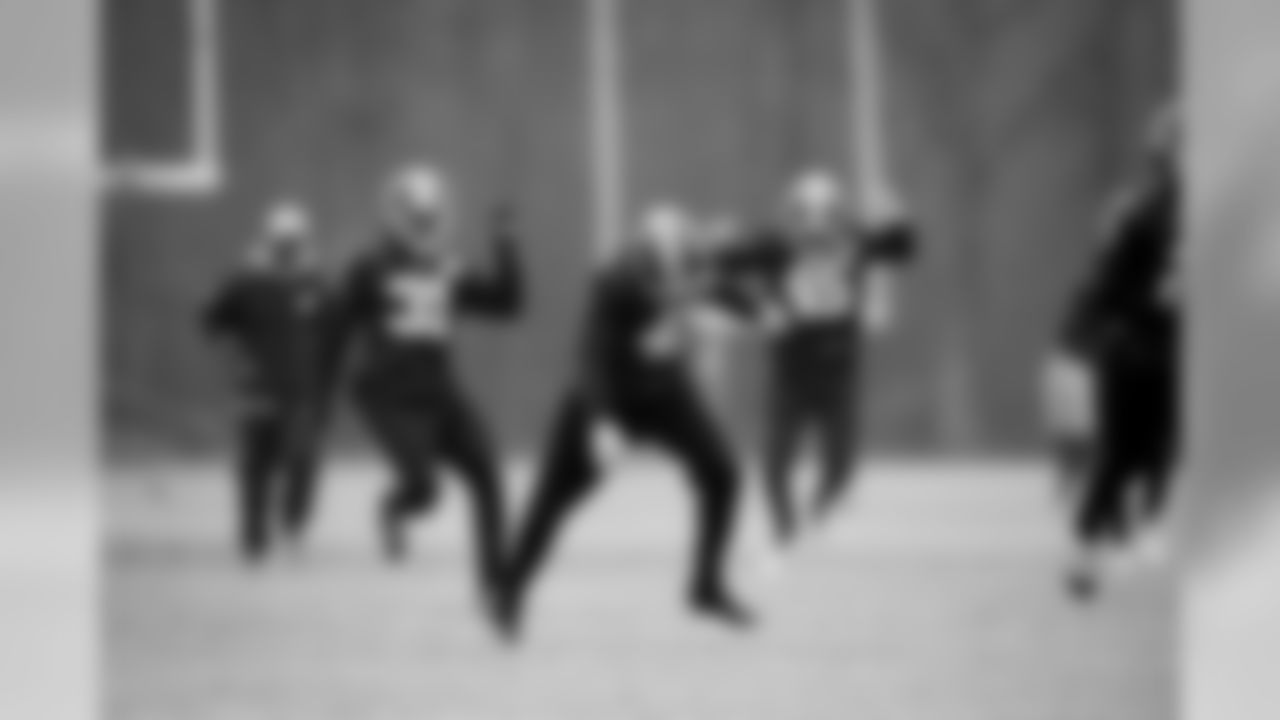

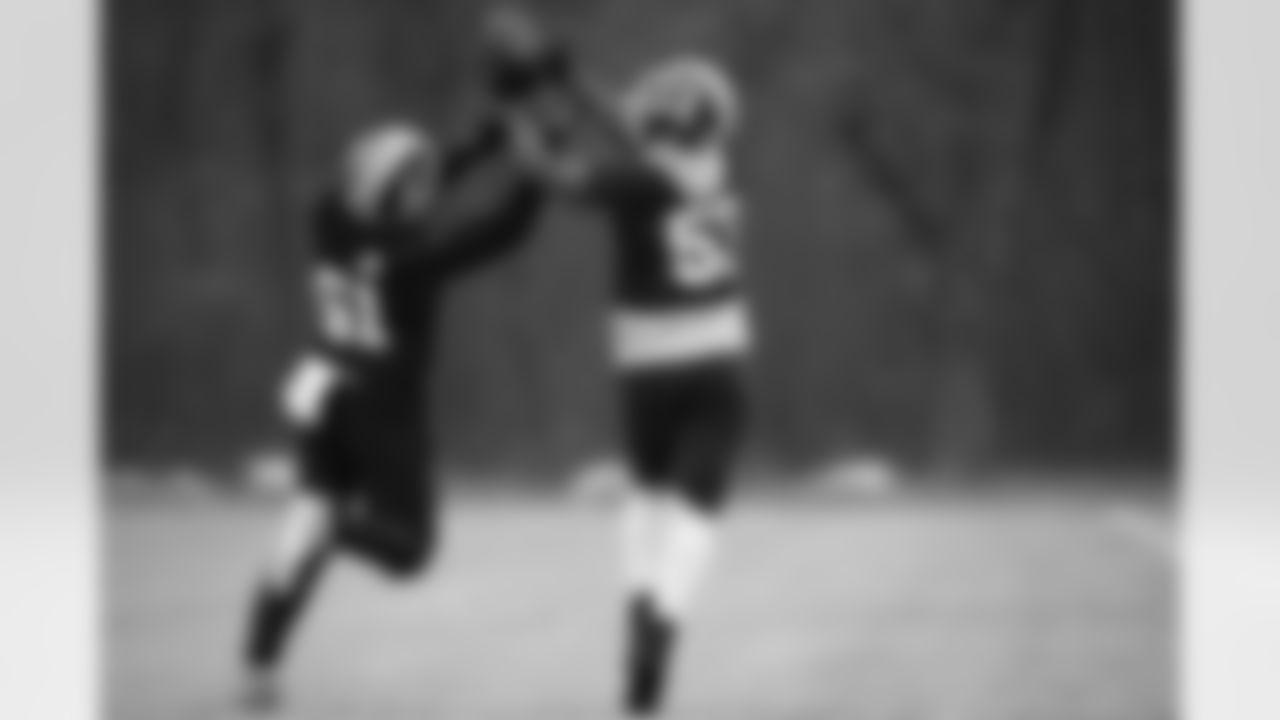
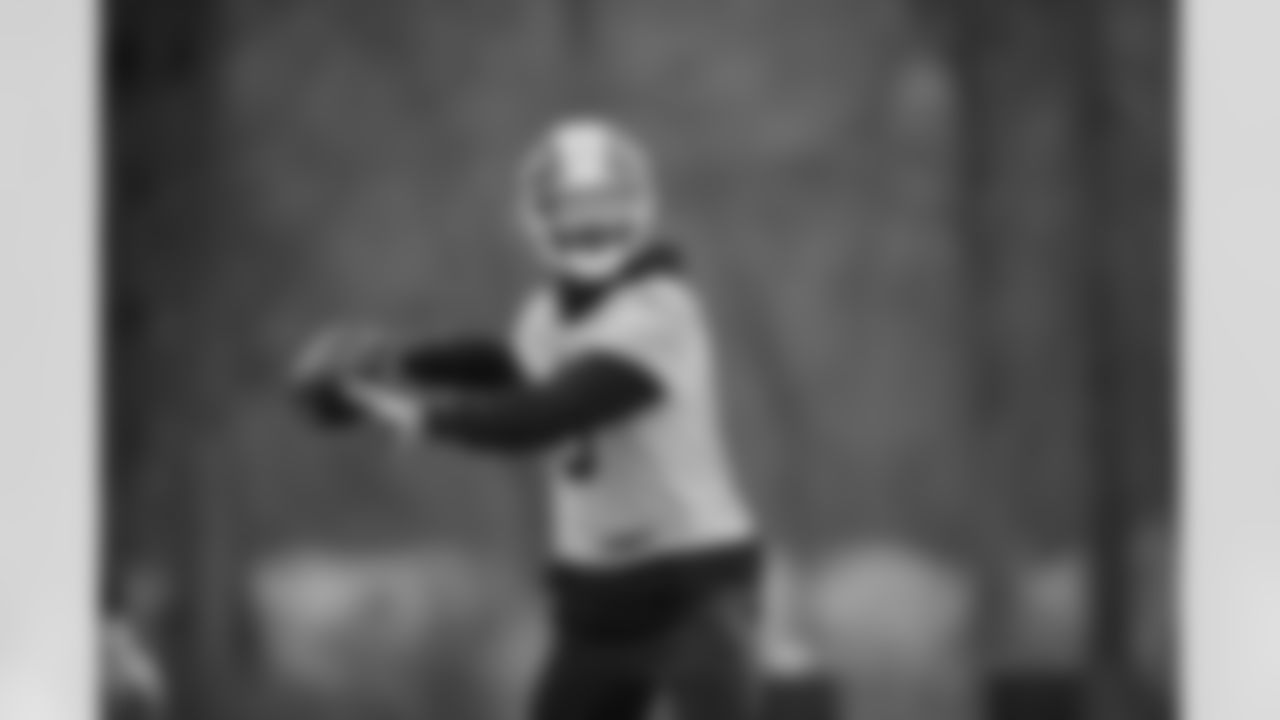

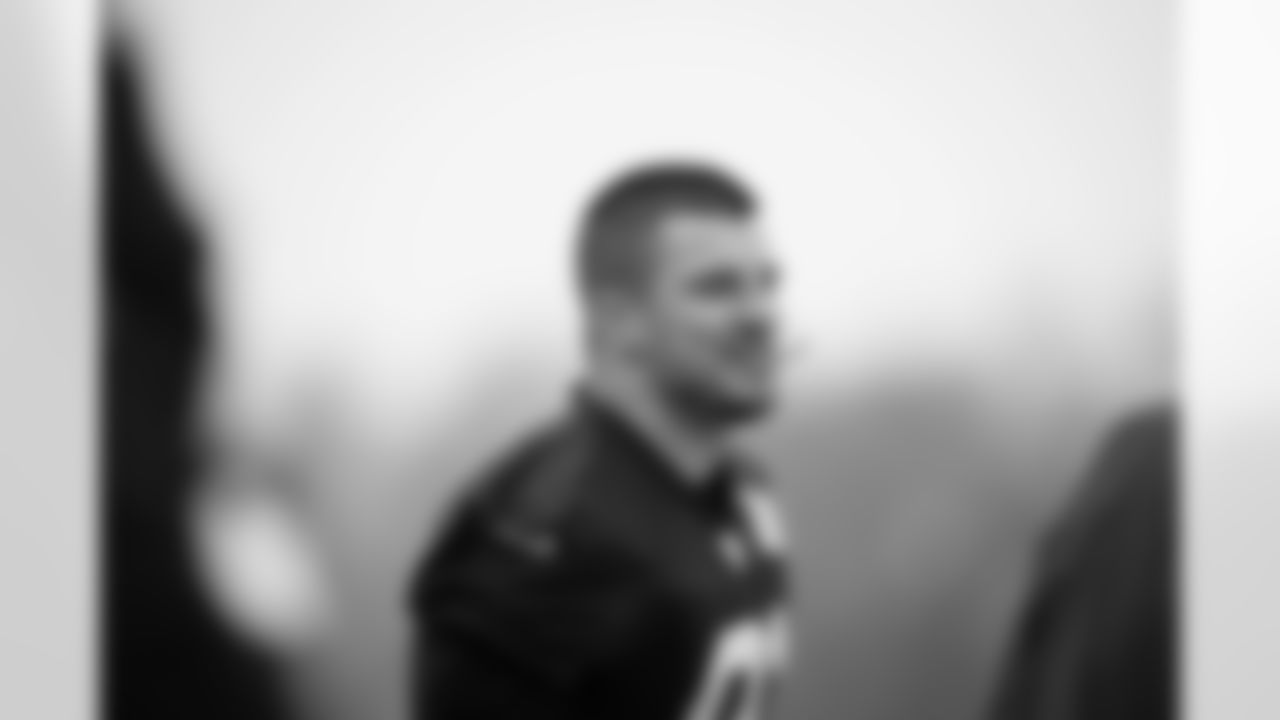

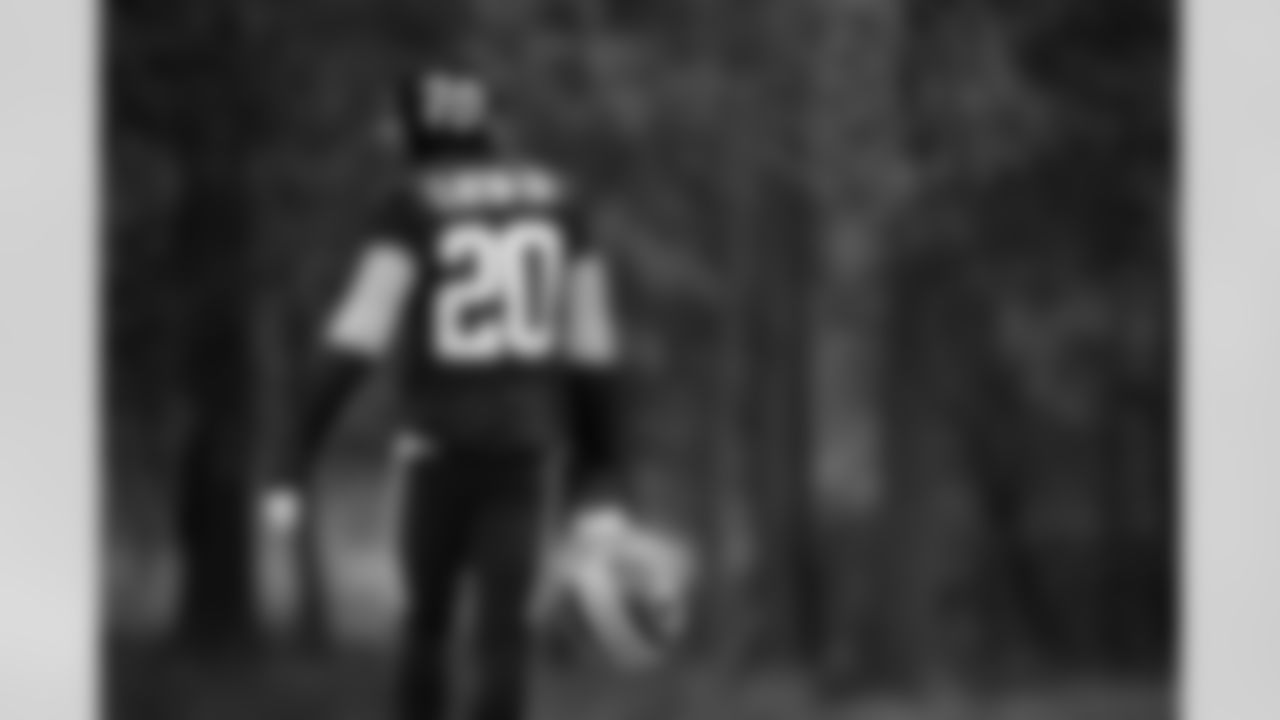

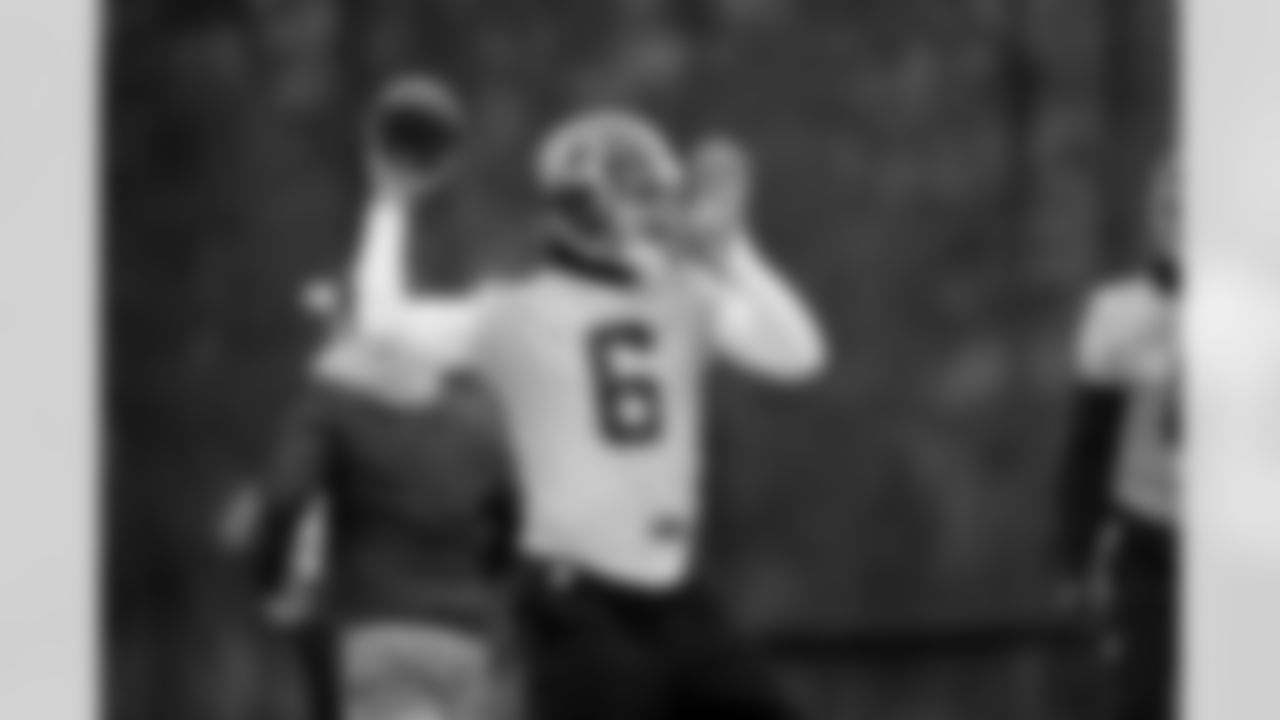

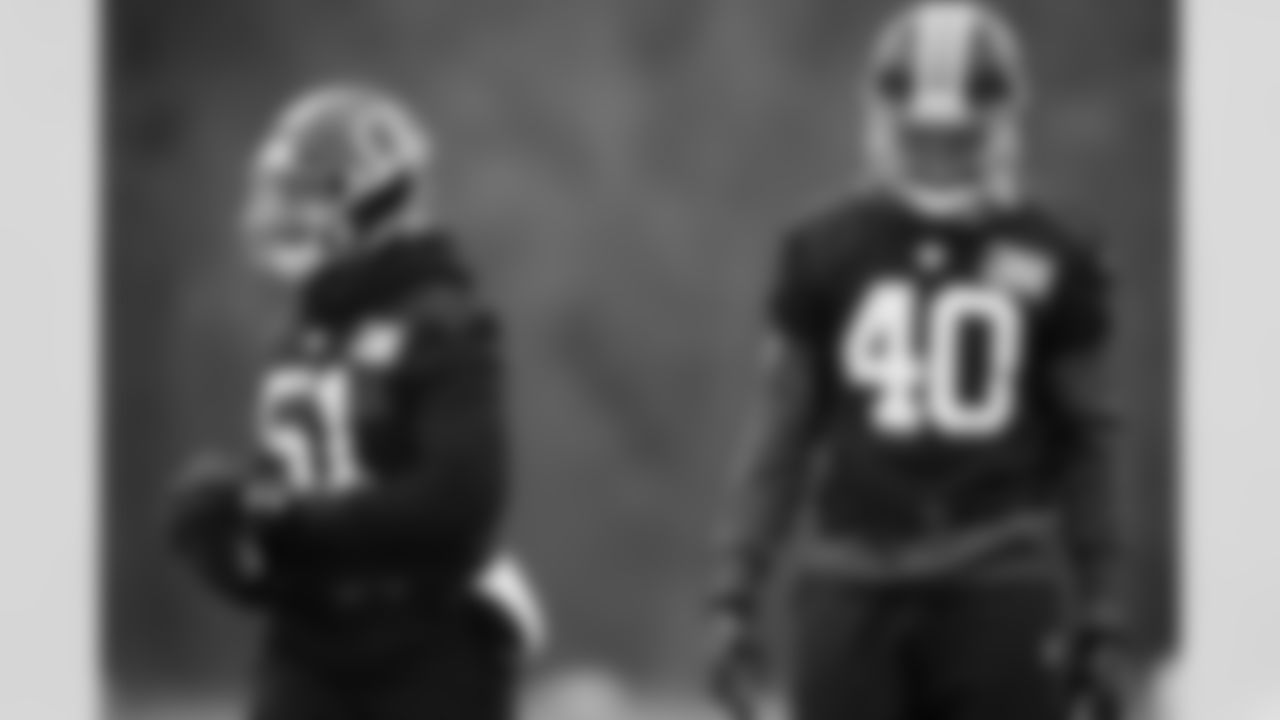




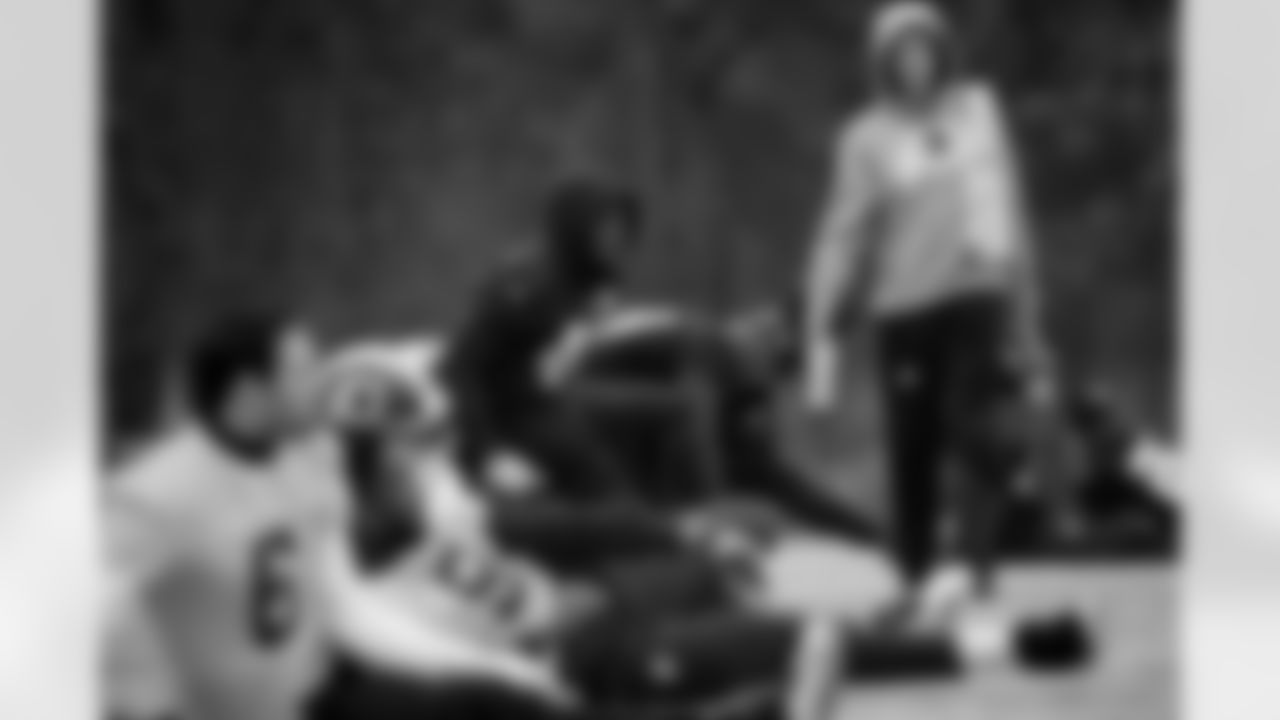
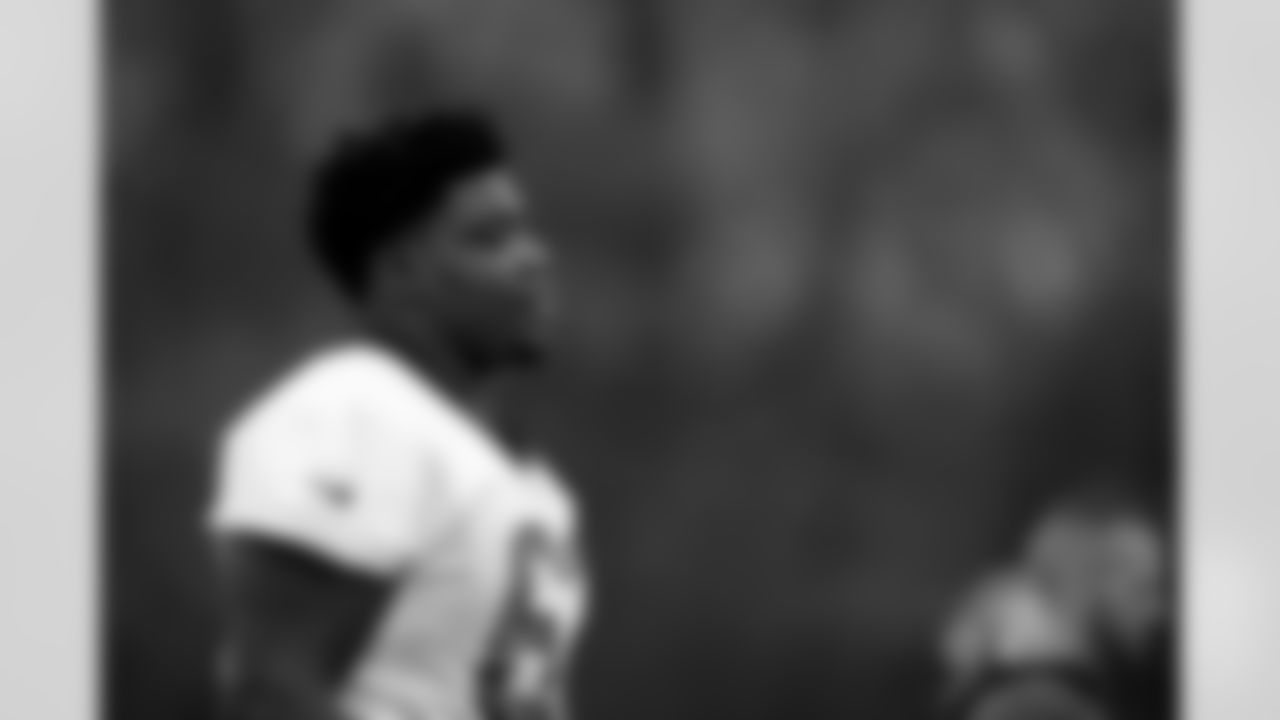
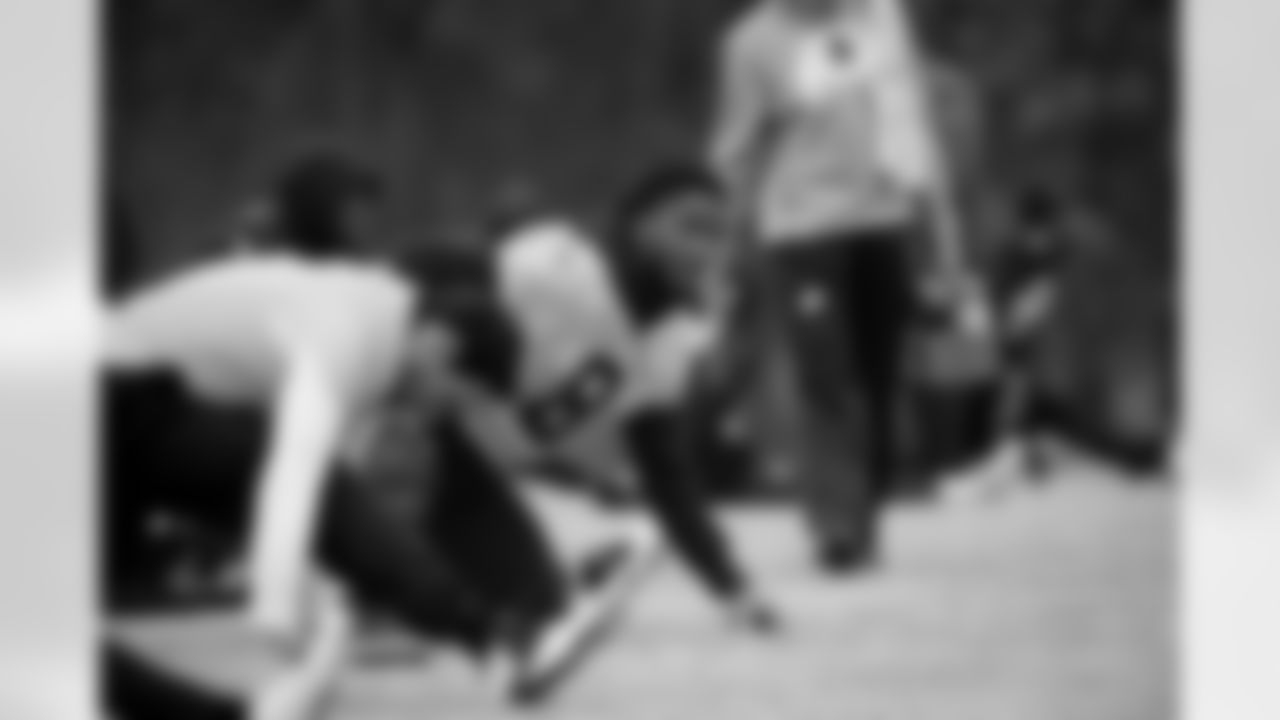
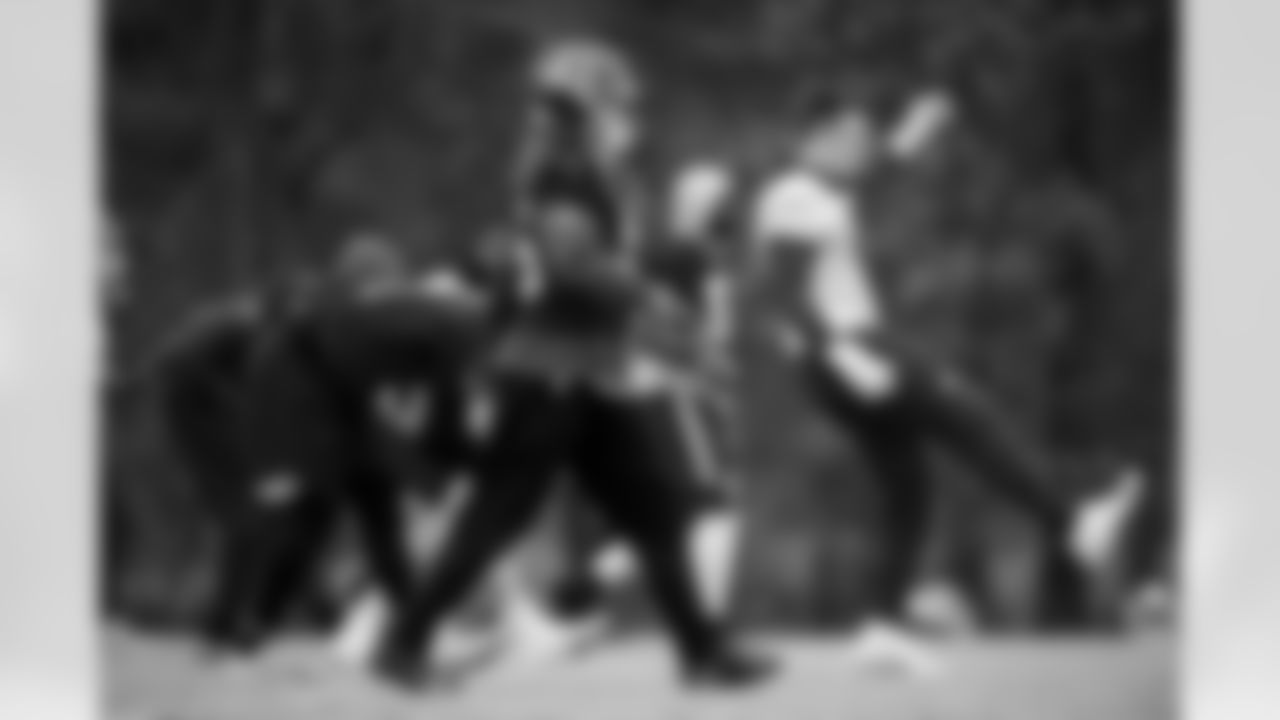
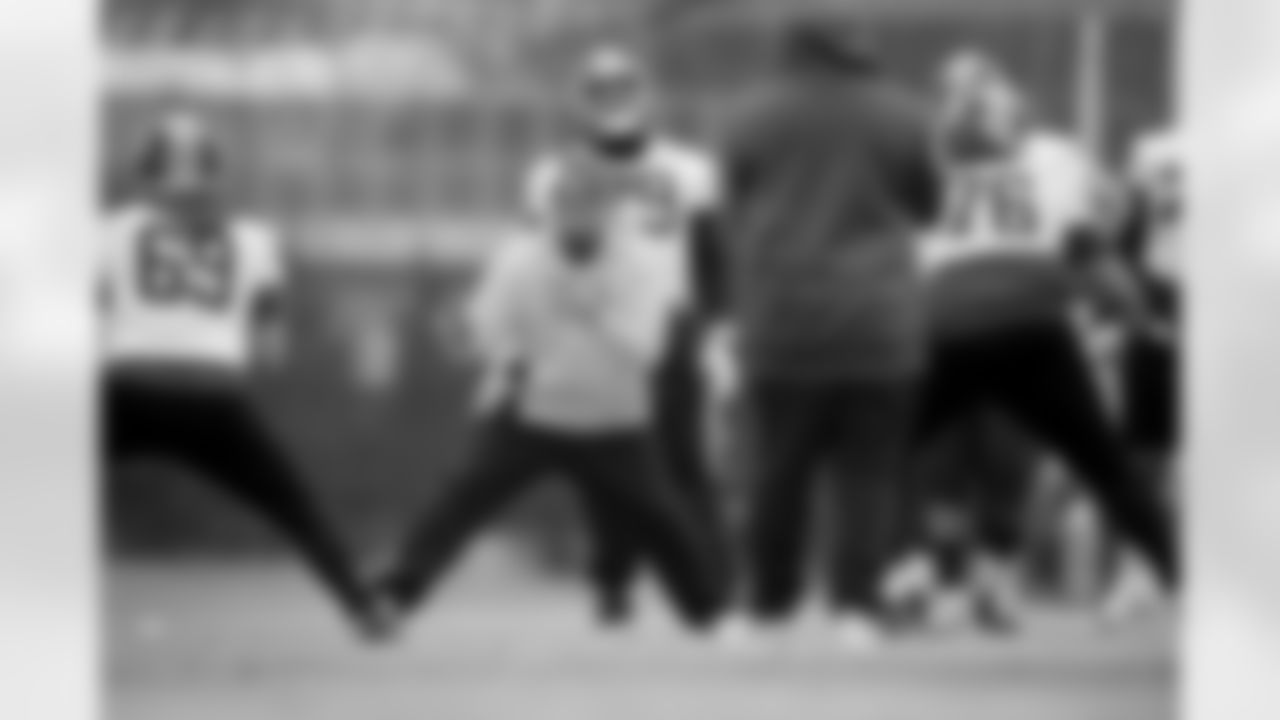
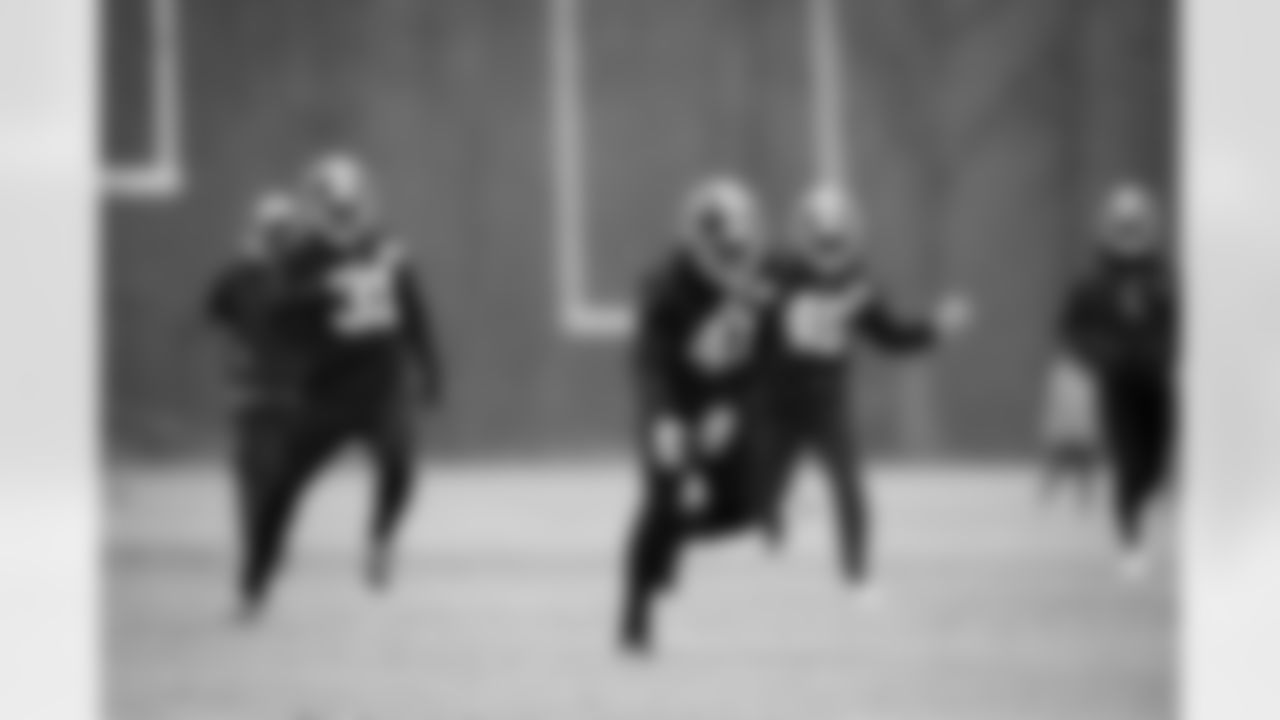
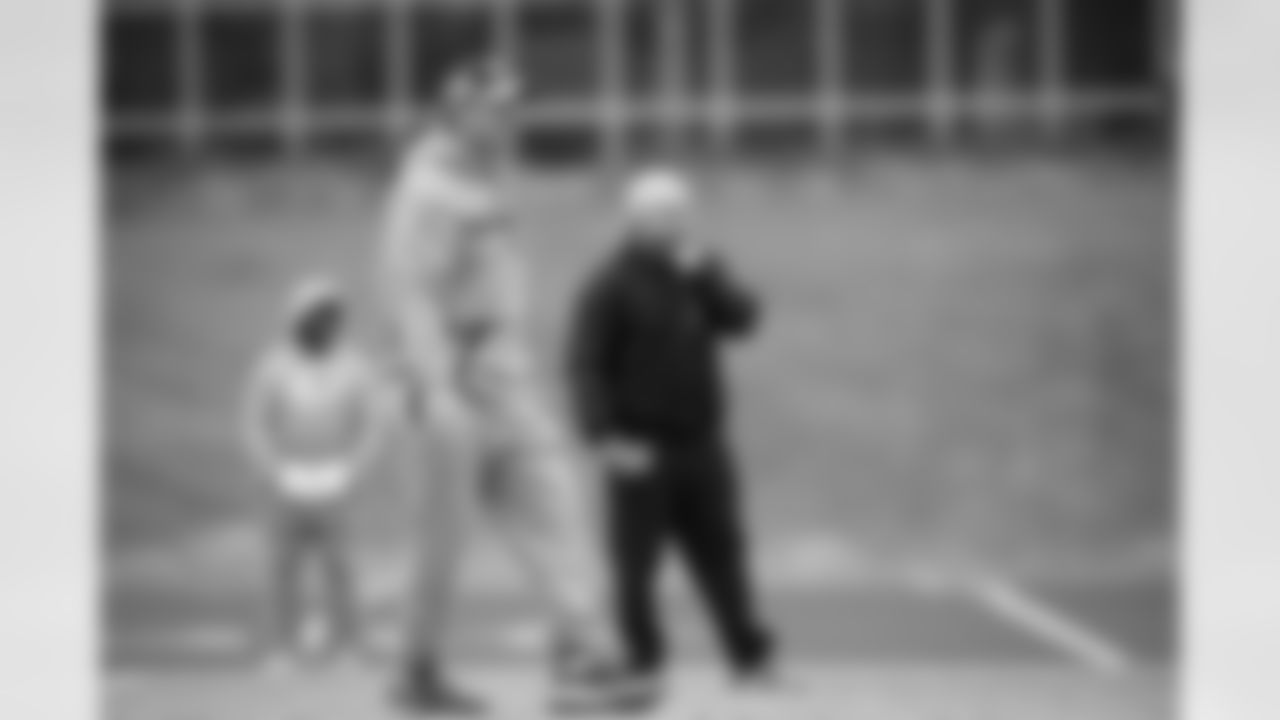

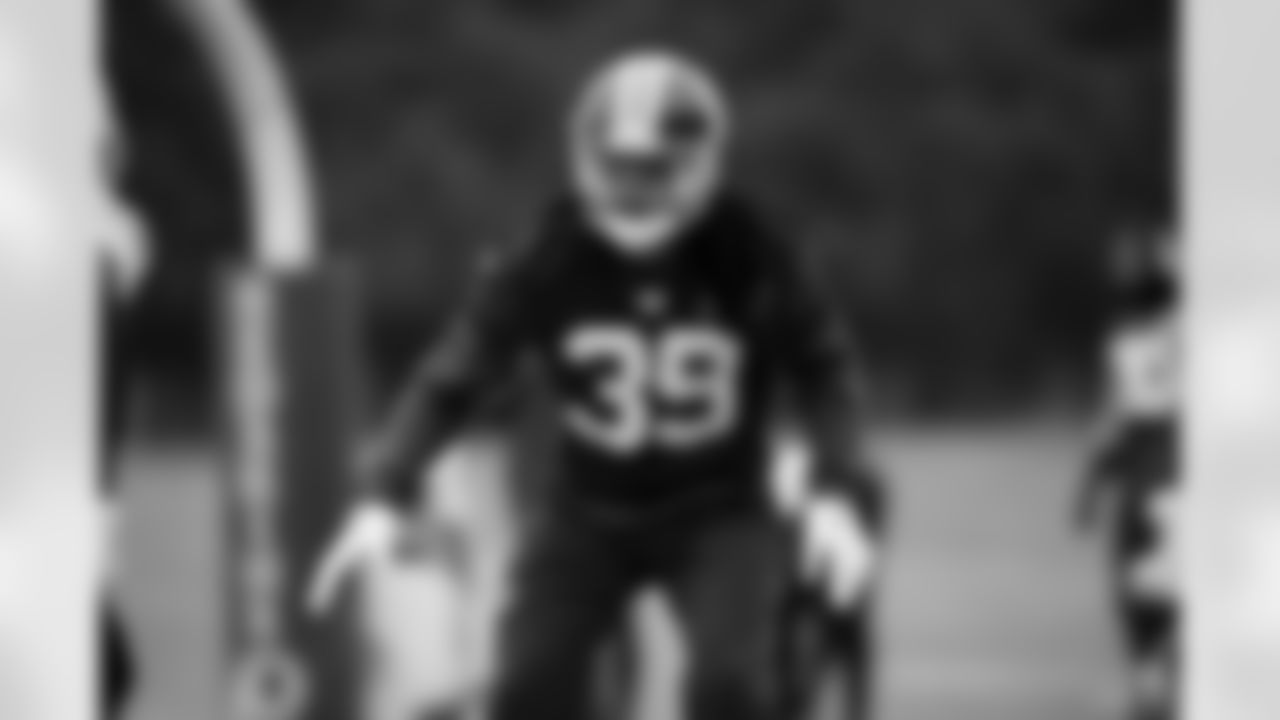

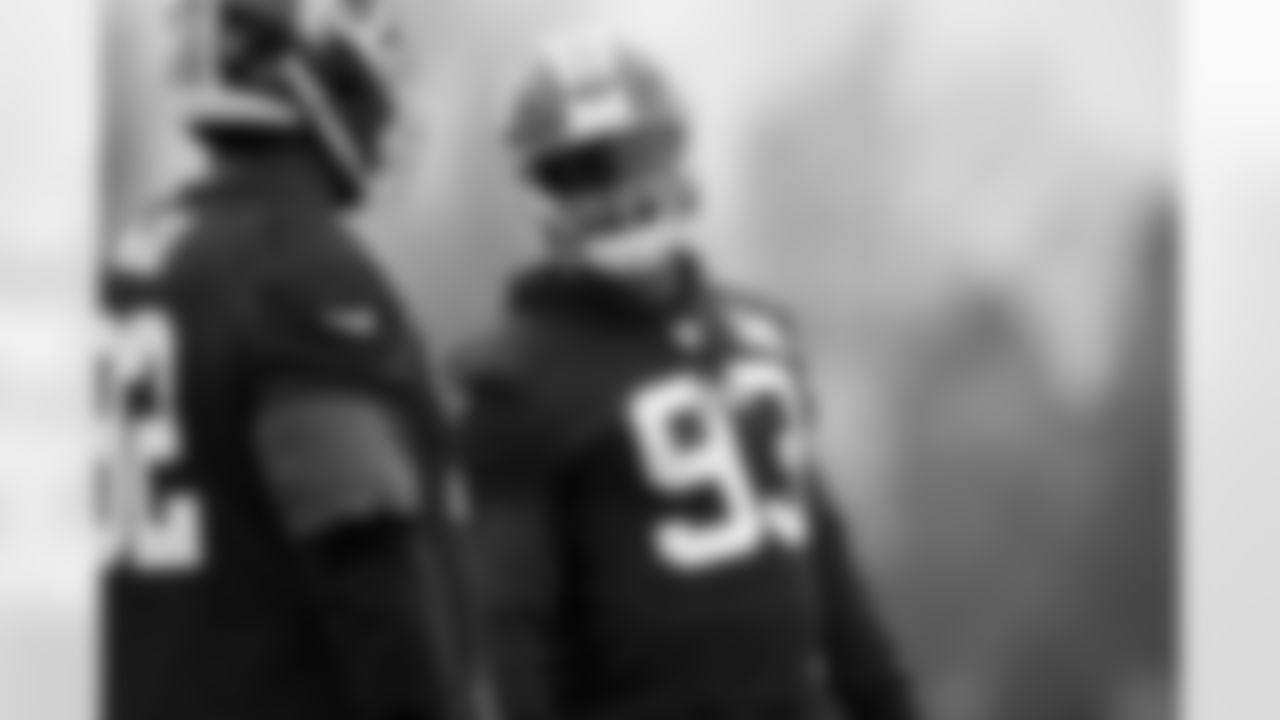
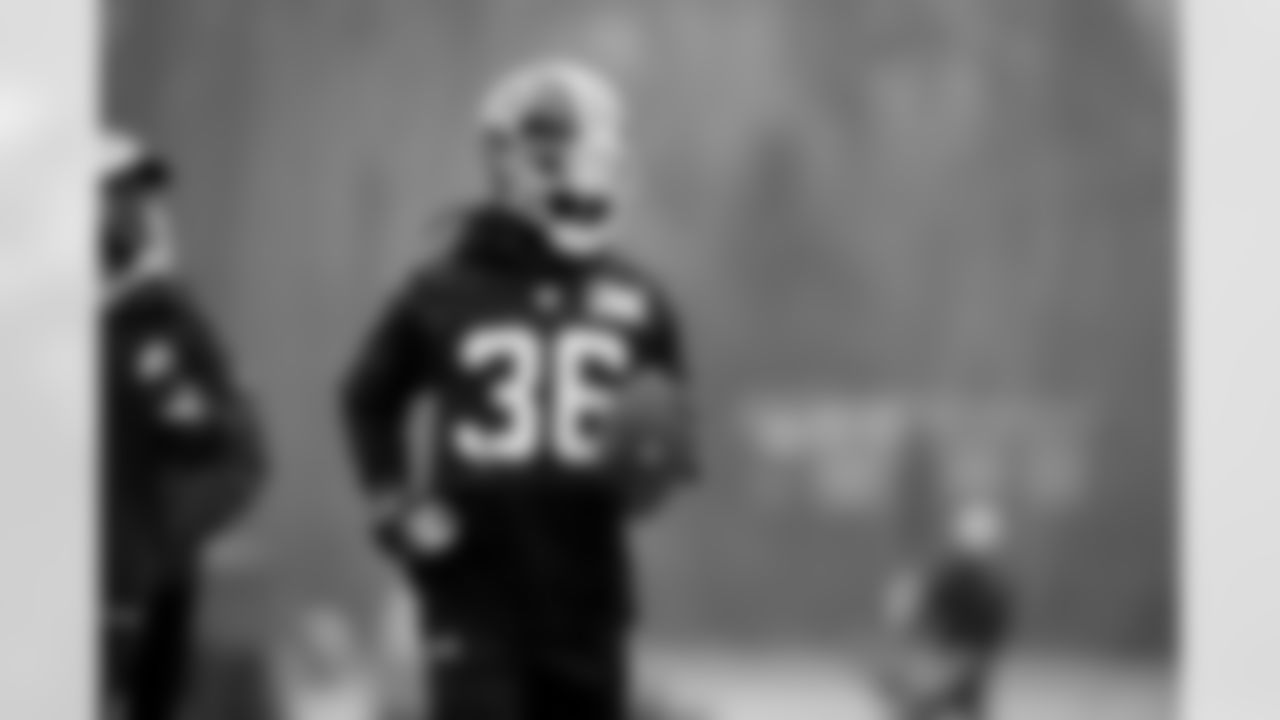
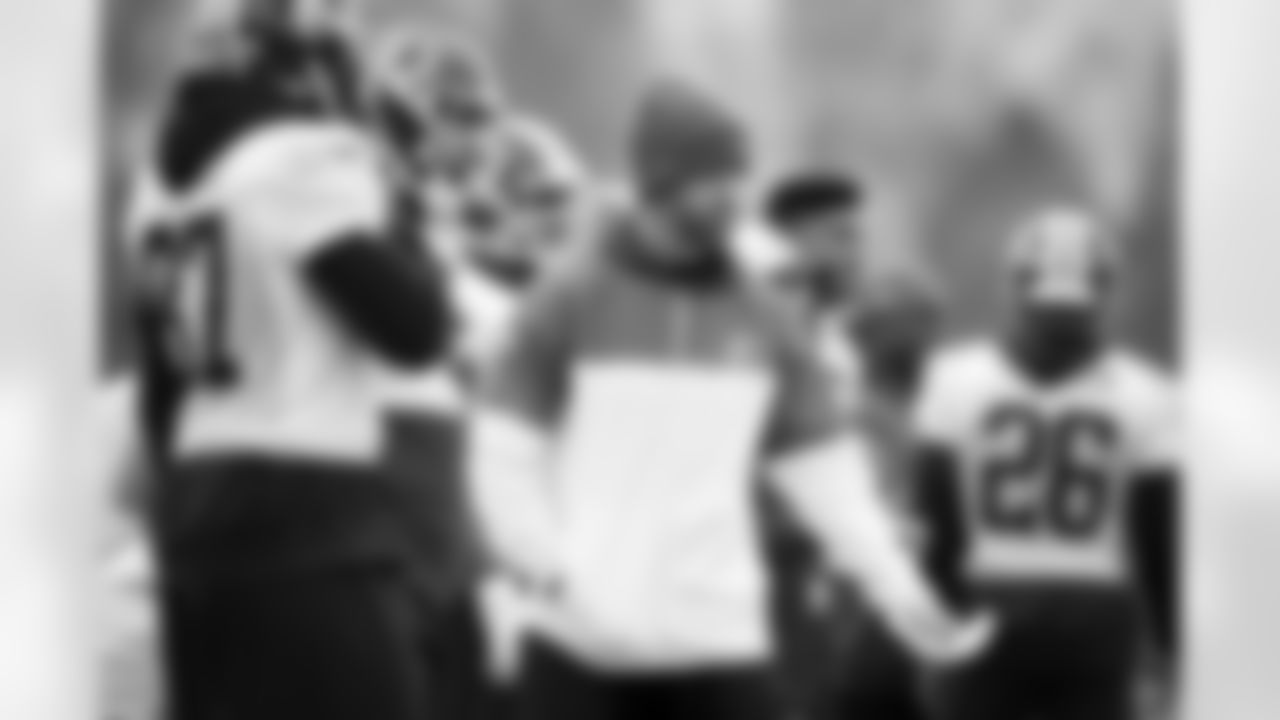
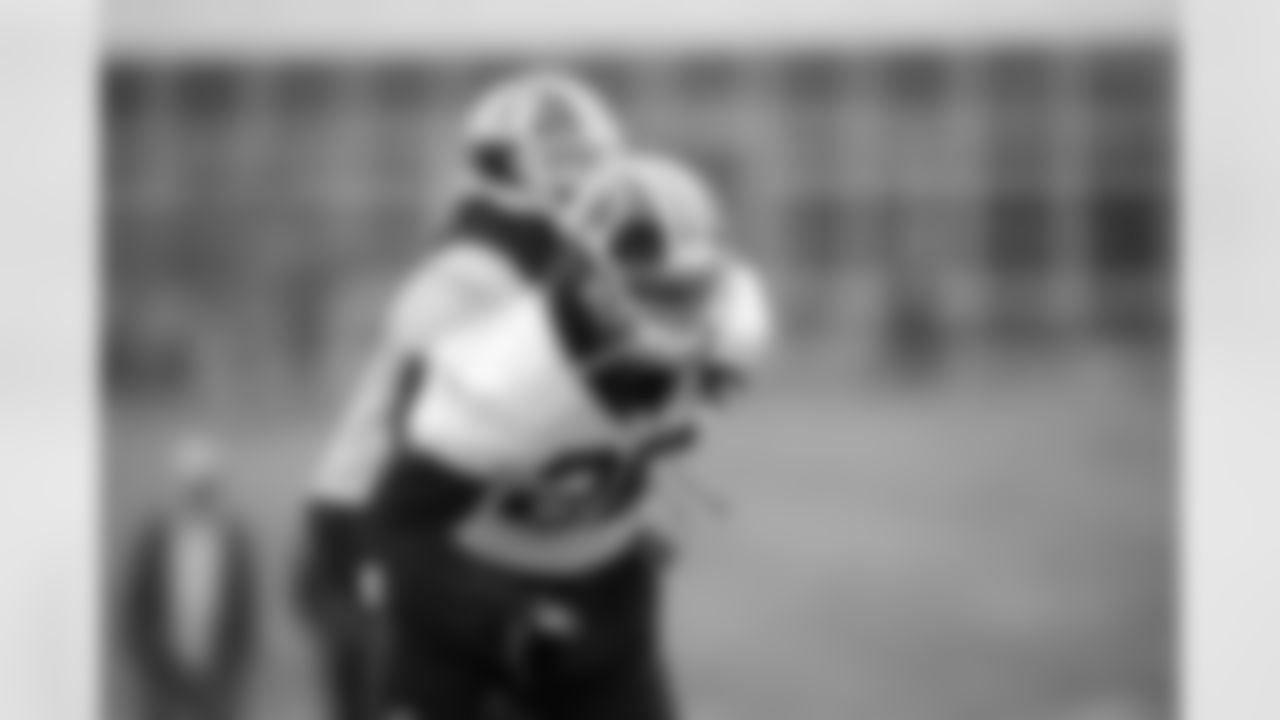

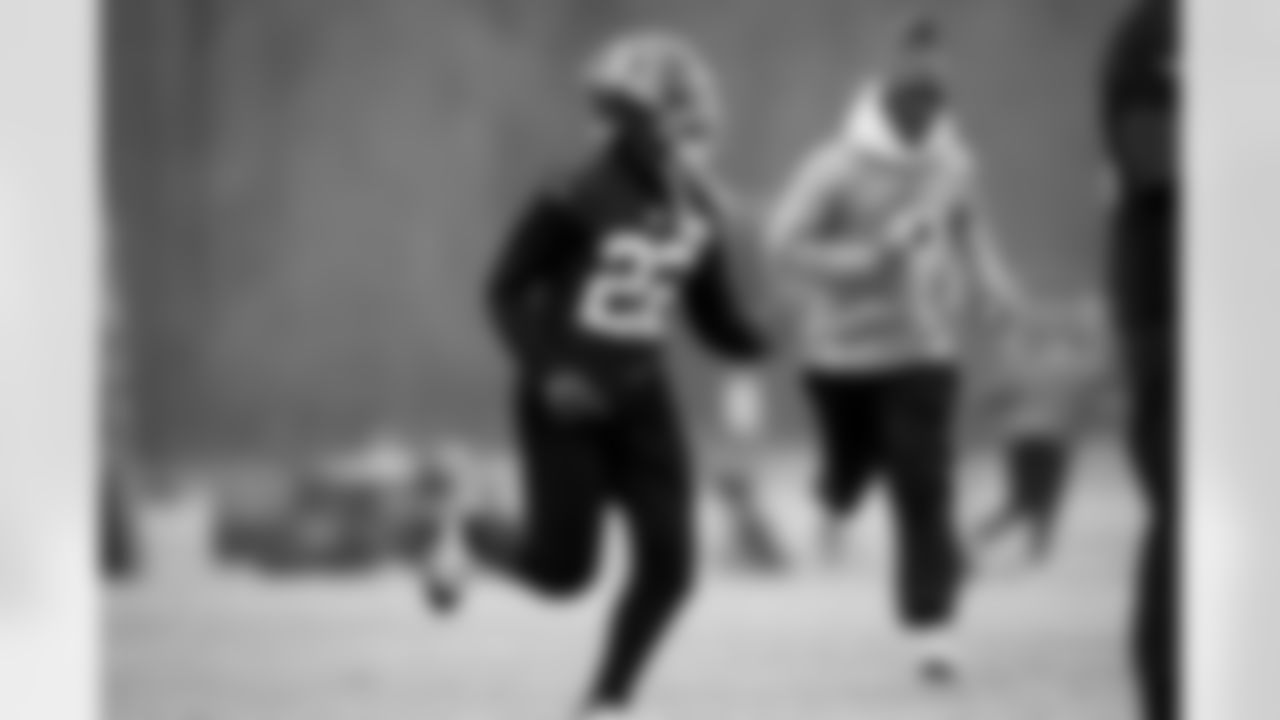
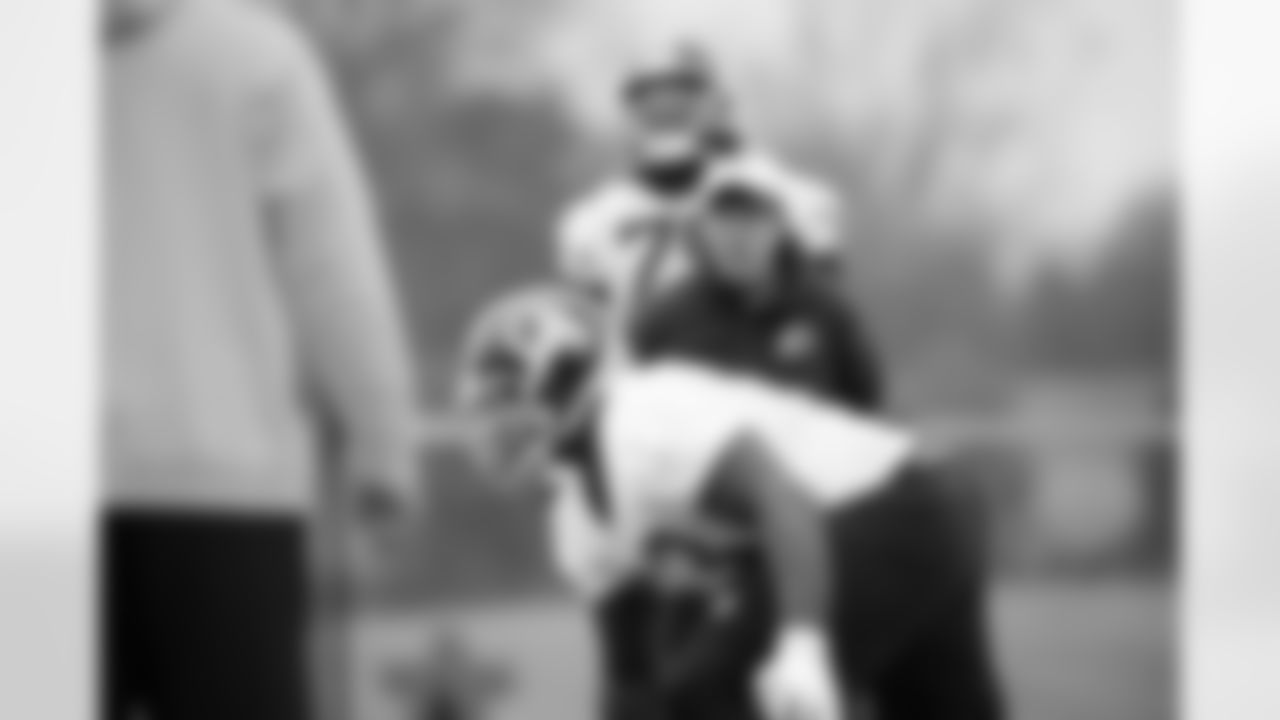


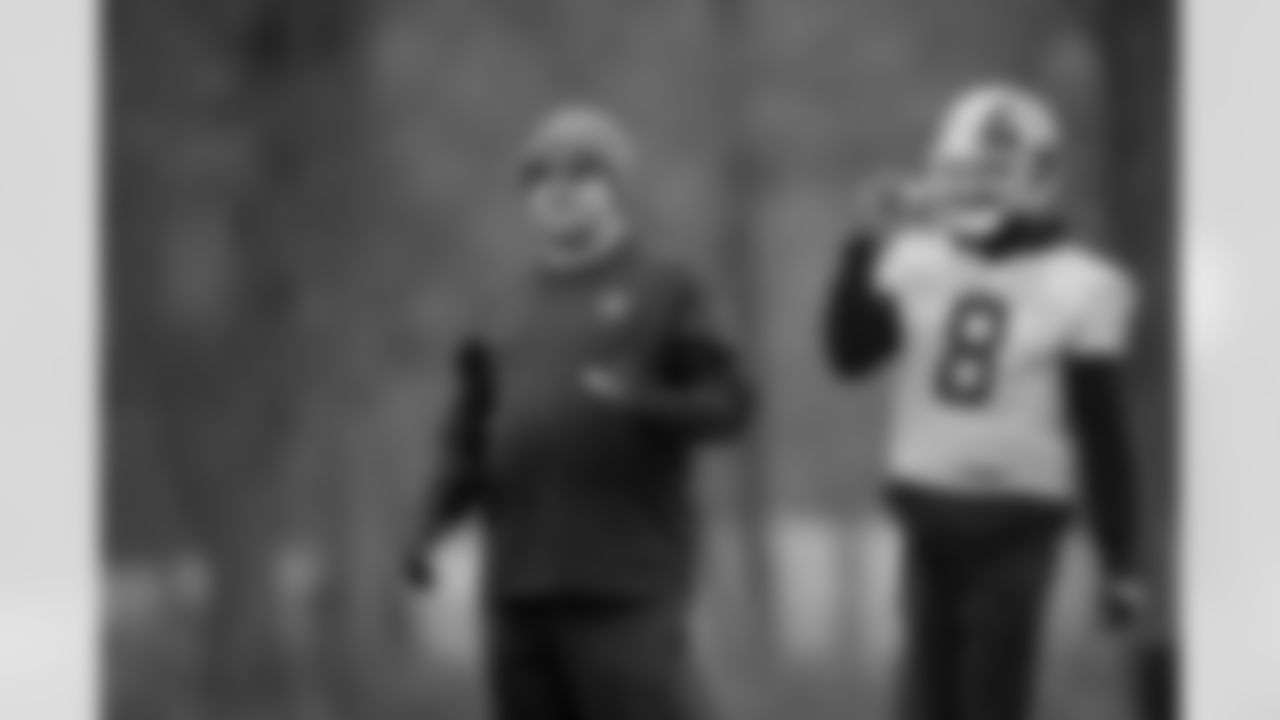

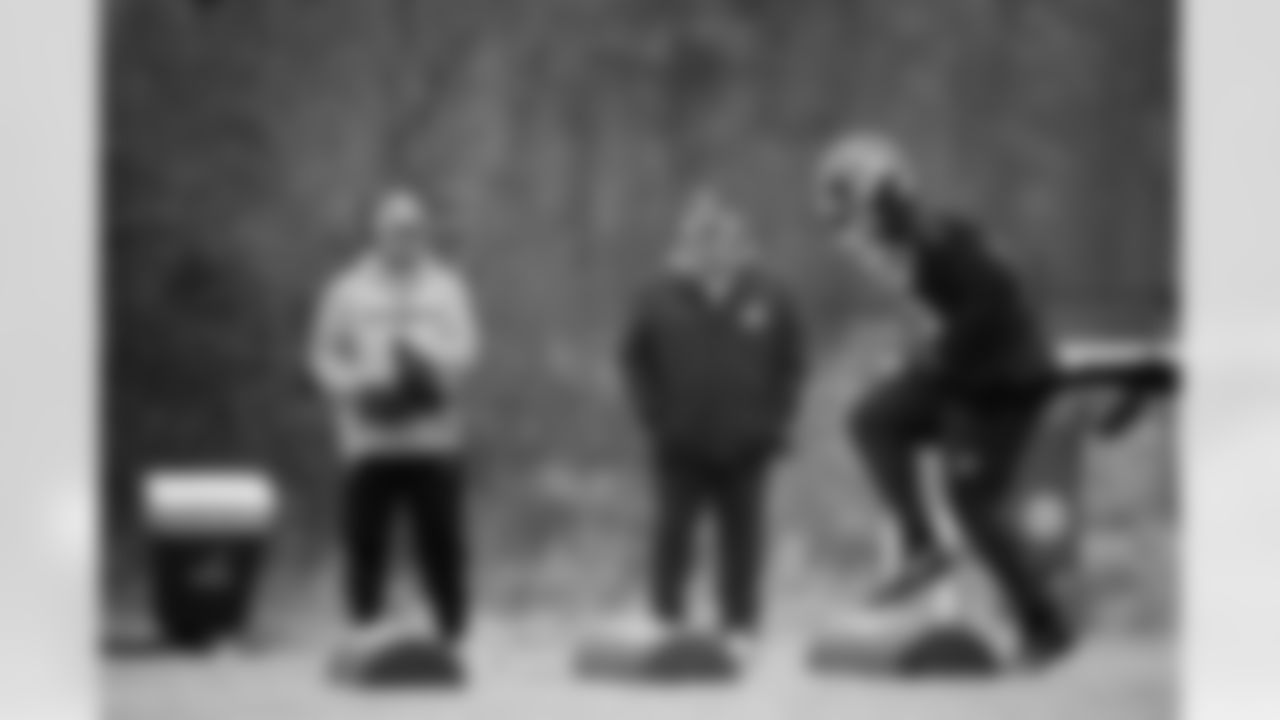

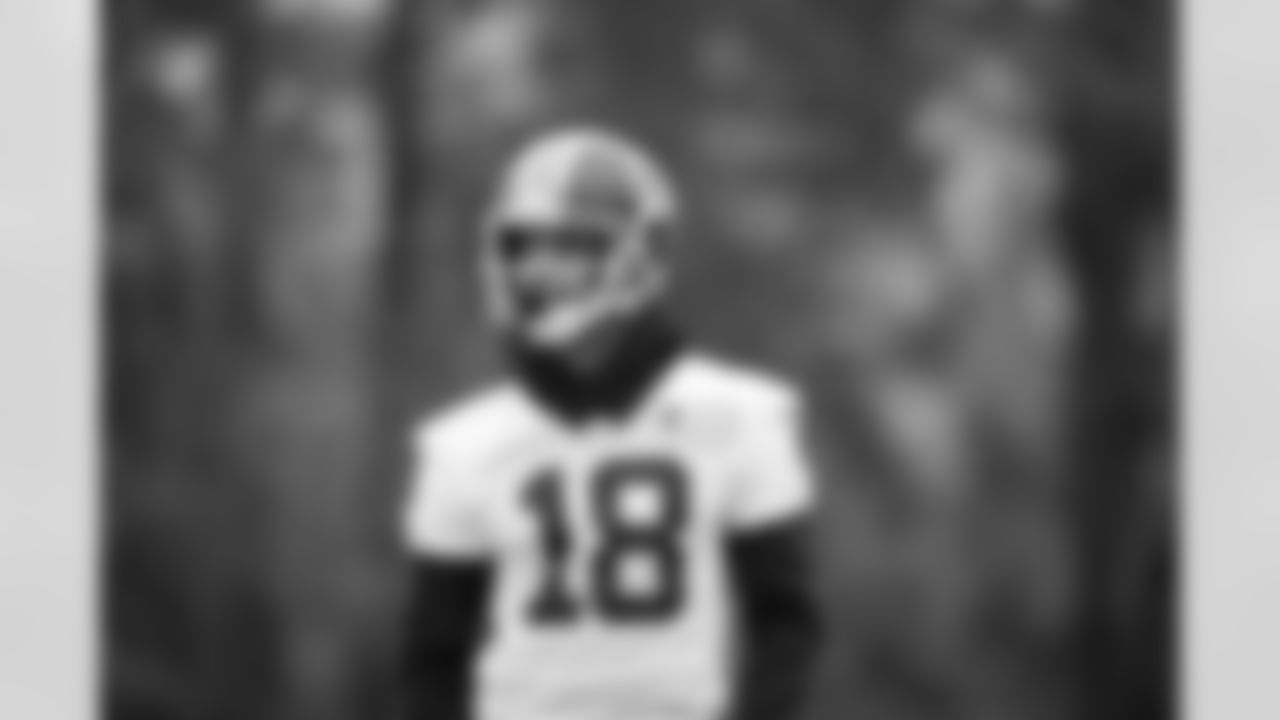
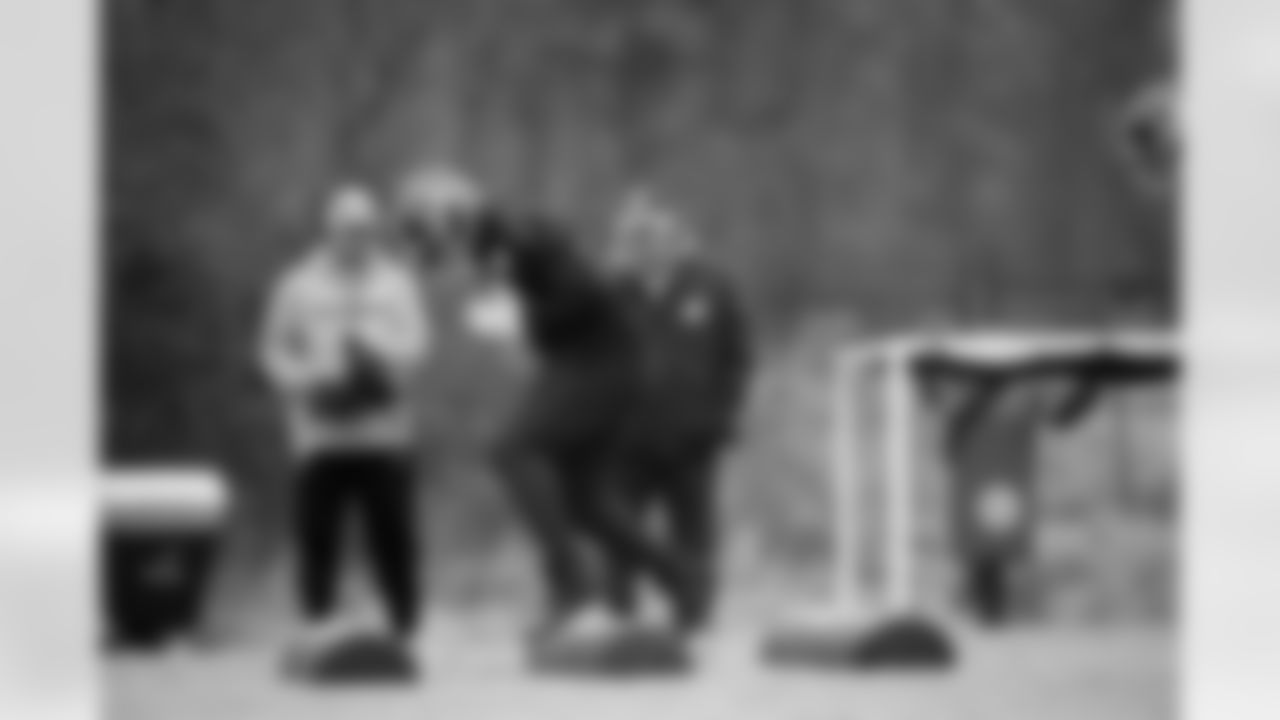

3. Limit explosive plays on defense
One missed tackle, wrong read or missed assignment can be the difference between a 3-yard gain and a 78-yard touchdown. Just ask the Redskins defense of last week, that saw that exact scenario play out en route to a 78-yard Saquon Barkley touchdown run. Defenders couldn't get off blocks, took poor angles and watched Barkley run past them. It's an issue that's come hand-in-hand with the team's losing streak. Giving up explosive plays has led to too many points, too often.
An explosive play is defined as a run play of at least 15 yards or a pass play of 20 or more yards. Through the first nine games of the season, when the Redskins were 6-3, the defense gave up an average of 3.9 explosive plays per game.
Since then, the Redskins have given up 6 explosive plays per game, and have a 1-5 record to show for it. Turning those numbers around in Jacksonville will be integral in continuing their playoff hopes.
Jacksonville has averaged 3.8 explosive plays on offense per game this season, not a high number when looking at the splits for plays given up by the Redskins defense. If they're able to hold the Jaguars to around their season average, three or four big plays, they should have a shot. Keeping the Cody Kessler-led offense out of the end zone will be an emphasis, and it starts with limiting the big plays. But the most dangerous part of the Jaguars offense lurks behind Kessler. After getting gashed by Barkley last week, defensive coordinator Greg Manusky told reporters stopping Leonard Fourtnette, another explosive running back taken in the top-five of the NFL draft, will be key this Sunday.
"A big cat that can really see the field, you know what I'm saying? A good downhill runner that can strike," Manusky said, describing the former LSU star. "He has that explosive speed to get around the edge. From last year to this year, he's still a good running back. I know he was out for a little bit of time, but I'm just saying from our standpoint, I think he's a good running back."
Fournette only has three runs of 15 or more yards this season, but he has missed time due to a hamstring injury and a one-game suspension. Staying dedicated in their run fits, getting off blocks and making tackles will go a long way in keeping Fournette's impact on the game limited this Sunday in Jacksonville.
(Dante Koplowitz-Fleming)






